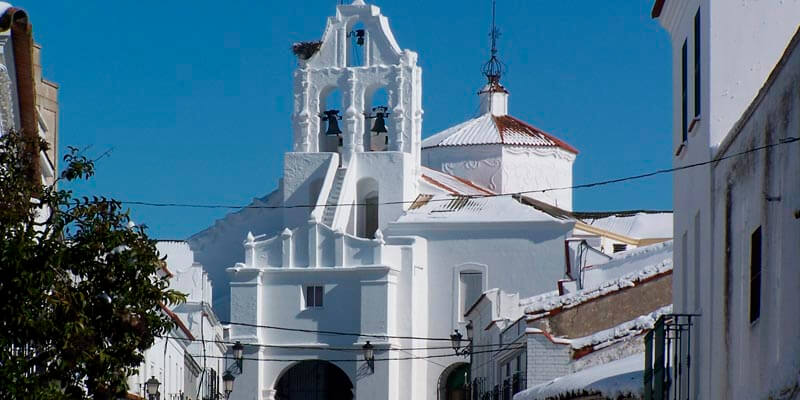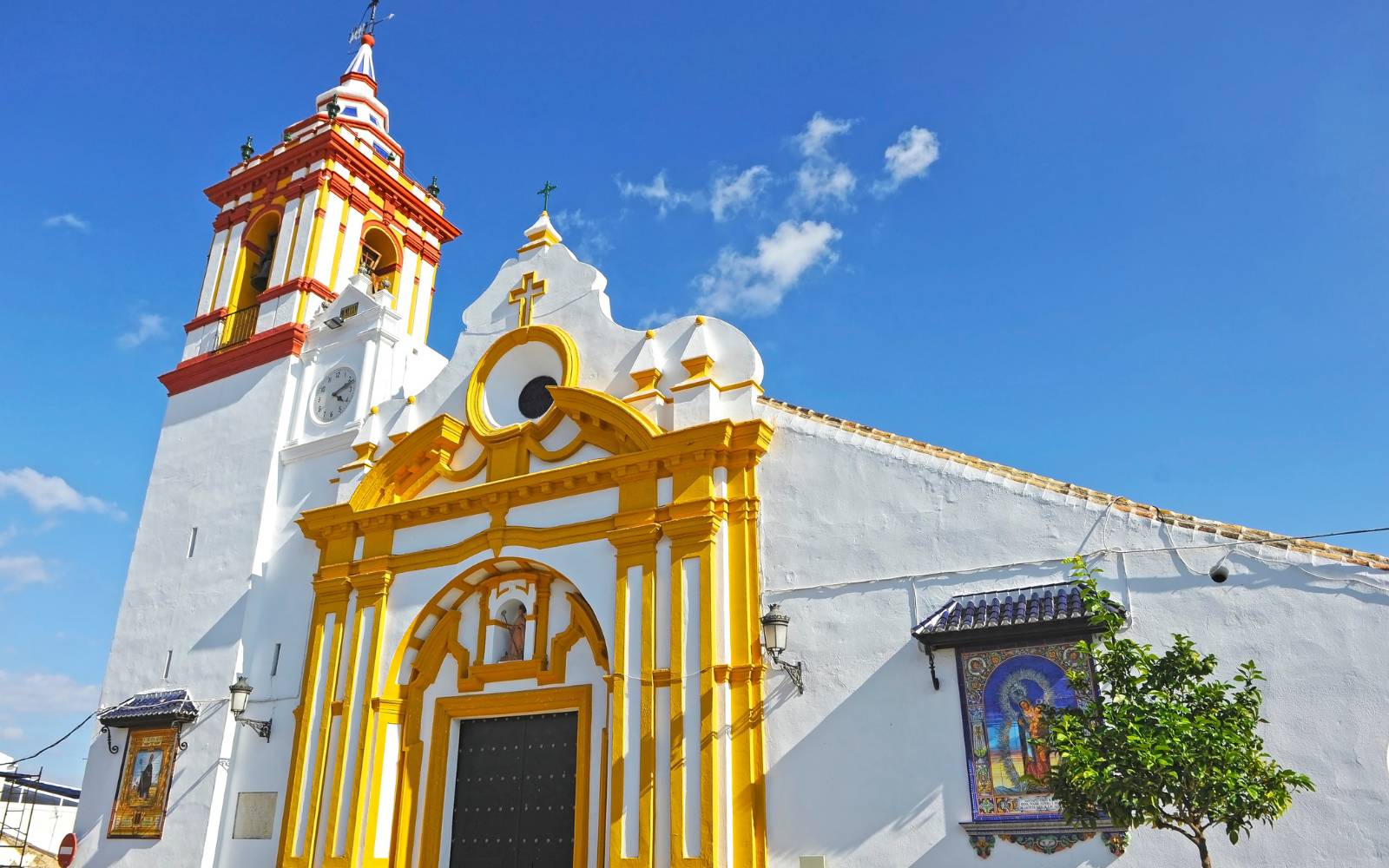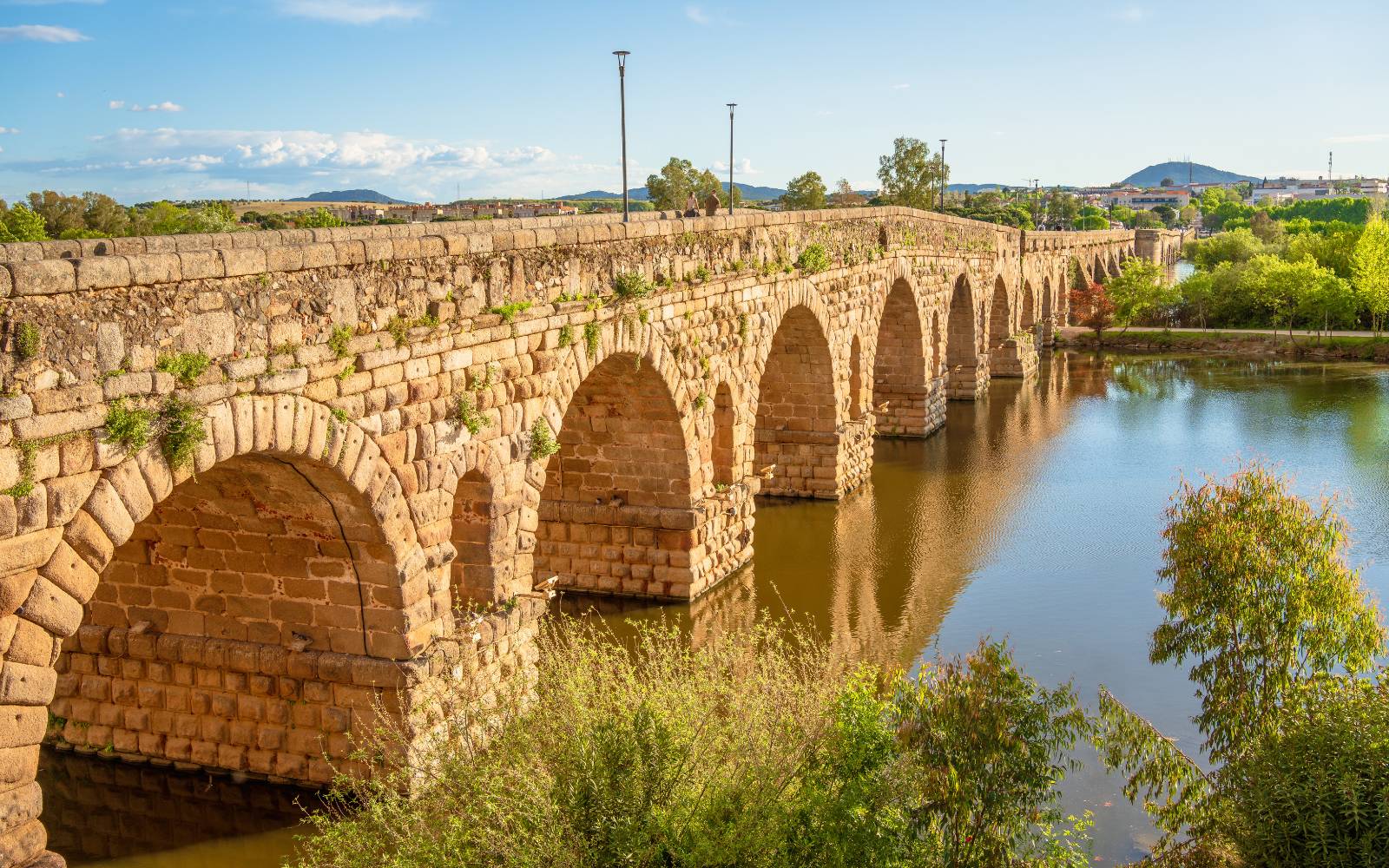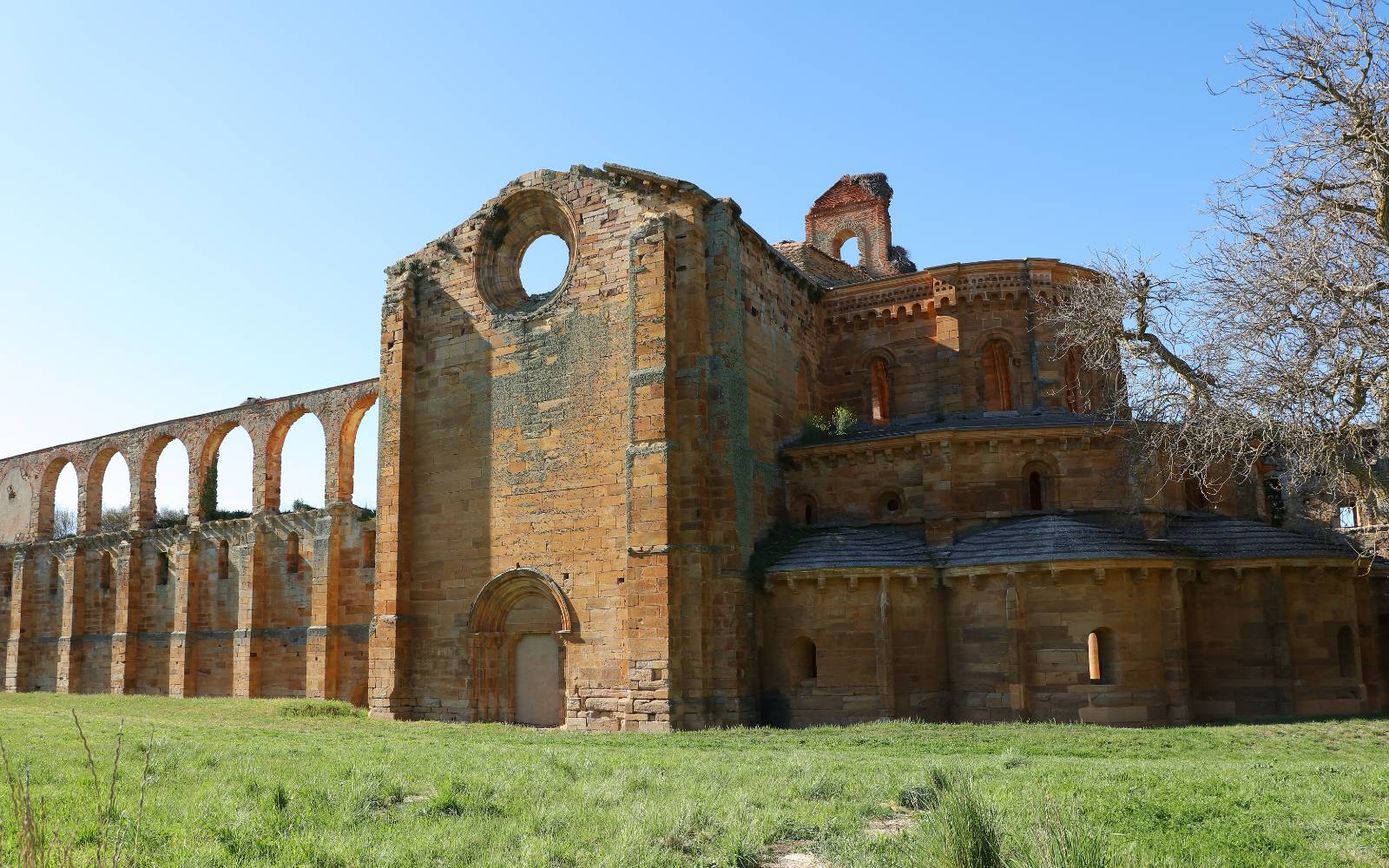Fuente de Cantos
‹ Back to the stage
Fuente de Cantos
- Residents: 5.002 aprox.
- Province: Badajoz
Information
Get to know Fuente de Cantos
The municipality of Fuente de Cantos presents an important historical site thanks to the religious foundations that have arisen in the town, besides being the birthplace of Francisco de Zurbarán de Velázquez.
The pilgrim who decides to make the end of stage in this town, will not lack basic services. In addition it is noteworthy that the village becomes the nerve center of southern Extremadura.
Location
How to get there
The easiest way to reach the town of Fuentes de Cantos is by the A-66 highway, known as Via de la Plata. The A-66 highway connects Gijón with Seville, so any intermediate point will be easy to reach the town of Fuentes, although there are more options, such as the A-5 to get from Madrid or the N-432 from Badajoz. By this same road you can also access in reverse direction from Cordoba.
If you want to reach the village by bus there are several lines. First there is a bus that connects Badajoz with Seville, stopping at Fuente de Cantos, or vice versa Seville-Badajoz. From Mérida there are also daily bus lines, as well as from Madrid, Salamanca, etc.
<pHistory / Culture
What to see
Casa Museo de Zurbarán
This house belonged to the Extremaduran painter Francisco de Zurbarán, which was restored and completely refurbished with the latest technology to offer visitors the most realistic view possible of what the house and life of the painter was like.
This house belonged to the Extremaduran painter Francisco de Zurbarán, which was restored and completely refurbished with the latest technology to offer visitors the most realistic view possible of what the house and life of the painter was like.
It has six rooms where you can learn about different aspects of his life, from his childhood and adolescence to the time when he became one of the most important painters of the Spanish Golden Age generation. Multilingual audio guides are available for visitors to recall how this master of chiaroscuro lived and to understand his lifestyle a little better.
The museum has six rooms where visitors can learn about different aspects of his life, from his childhood and adolescence to the time when he became one of the most important painters of the generation of the Spanish Golden Age.

Convento de las Carmelitas
Created in 1649 with the main function of sheltering and training poor and orphaned young people, it was soon afterwards placed at the disposal of the Order of the Reformed Carmel.
<pIts morphology presents a Latin cross plan covered with barrel vault, full of lunettes and divided into three sections. It has the access door on the epistle side, where the sacristy is also located. The main altarpiece, designed by Juan Martínez de Vargas in 1675 and presided over by the image of Our Lady of Carmen, stands out above all.

Convento de San Diego
Erigated at the end of 1624 under the instructions of Francisco Daza, this convent underwent numerous renovations throughout the 18th century.
The convent was built in 1624 under the instructions of Francisco Daza.
In 1835 its activity is dissolved and its contents are divided between the parish and the convent of Carmen. The constant reform of its dependencies, the last of them completed in 2002, has almost completely erased its original structure, retaining only the church, consisting of four sections articulated by pilasters and barrel vault.

Ermita de la Aurora
Because of its physiognomy, this hermitage could be considered quite unusual, since its nave is considerably crooked. It is composed of three bays, trimmed pilasters and covered by a barrel vault. The chevet is square in shape and is covered by a half-orange vault on pendentives, topped by a lantern.
The most attractive and outstanding feature is the beautiful baroque belfry that rises over the door with three openings.
INFORMATION OF INTEREST
Information of interest
The church is a beautiful baroque belfry.
Web: www.fuentedecantos.eu/la-ermita-de-la-aurora Telephone: 924 500 211

Ermita de Nuestra Señora de la Hermosa
This temple, built in the 15th century, underwent numerous reforms throughout the following centuries, highlighting those made throughout the 18th century until it became what it is today. Over the years it was decided to unify the three naves into one and cover the temple with a barrel vault with sashes and lunettes. Likewise, the eight existing side chapels were distributed, and domes were built in the main chapel and in the adjoining chapel.

Ermita de San Juan
It is a temple built in 1515 and founded as the hospital of San Juan de Letran. It was initially run by the Franciscan Conceptionists, who settled there and turned it into a convent. The hermitage that is preserved today forms the head of the old convent, of which only the main chapel was erected.

Iglesia de Nuestra Señora de la Granada
It is a temple that is practically rebuilt and of which only the old original tower of the fifteenth century and that surrounds the main chapel is preserved.
In the 16th century the sacristy was added, a century later the side doors and, in the 18th century, the interior was definitively organized with a single nave covered with a barrel vault divided into six bays, with shallow chapels between the buttresses.

Yacimientos Arqueológico de los Castillejos
The site where the deposits are located is mainly divided into two sectors:
The site is divided into two sectors:
The site is divided into two sectors:
<p-The first one is located at the foot of the fence, this is called Castillejos I. The second one is located at the top of the hill, also known as Castillejos II.
These two areas of the castro are in a good state of preservation, housing several rectangular and square rooms, masonry plinths and rammed earth walls. Although undoubtedly the most outstanding element of the whole settlement is the wall found in Castillejos II, perfectly preserved. This presents almost perfectly the contours of the terrain, taking an almost pentagonal shape, also worth mentioning the thickness of up to three meters at some points and the signs that show that it had large rectangular towers.
.
From Castillejos I little is preserved since it is maintained the theory that the village was abandoned by fires that have destroyed it. This fact is believed to be very close to reality due to the large number of ashes that have been found around the wall.
.

Information of interest
Local police
924 500 211
Civil guard
924 500 008
Fire department
112
Civil protection
924 500 225
Town hall
924 500 225
Health center
924 500 951
Tourism office
924 580 380
C/Carmen, 0

We send you your itinerary
Enter your details and receive your travel itinerary by email
Recommended
Gastronomy
Recommended
Festivals and Pilgrimages
Local festivity
15 de agosto: Fiesta de Fuente de Cantos
Local festivity
15 de mayo: Romería de San Isidro Labrado
Local festivity
Último fin de semana de abril: Fiesta de la Chanfaina
Local festivity
15 de enero: La matanza didáctica
Local festivity
24 de junio: San Juan
Local festivity
8 de septiembre: Fiesta de Nuestra Señora de la Hermosa
The Silver Route
On foot
38 stages








































